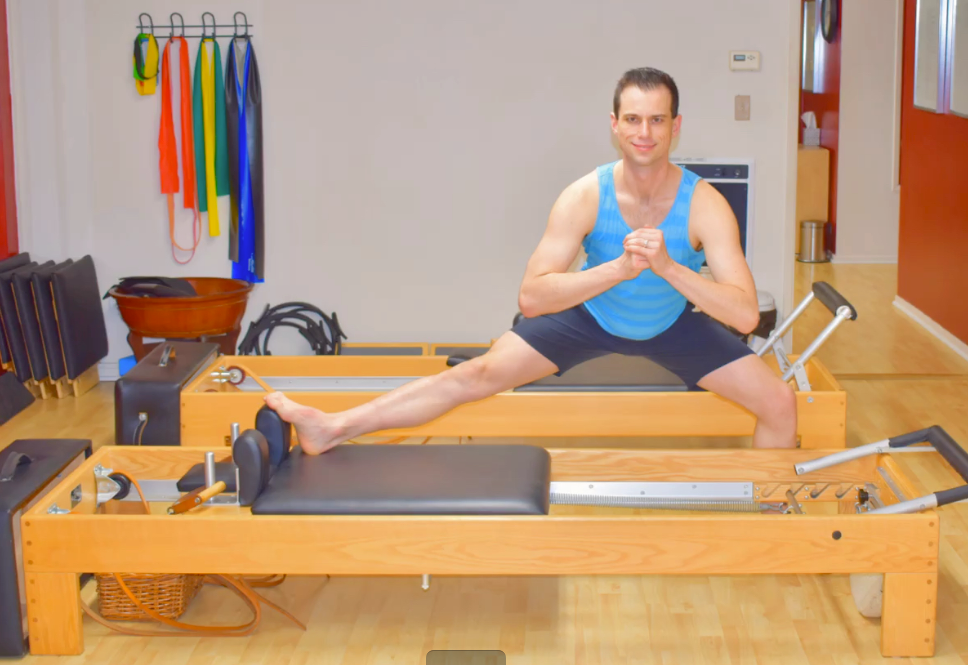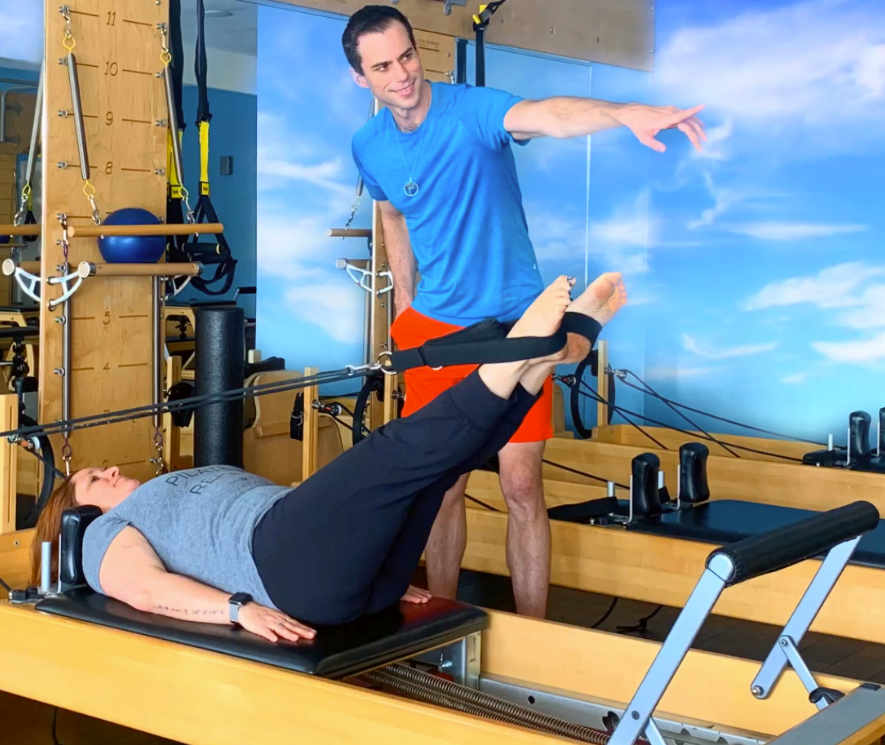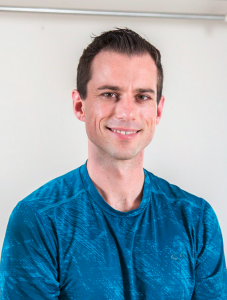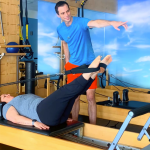Issue #302 – Wednesday May 27, 2020
Motivation – A Critical Factor for Success
by Adam McAtee
The work of Pilates is vast; as time progresses, it may have a significant impact on one’s physical and mental fitness. However, one could argue that we only receive as much benefit as we choose to put into our practice. Through my decade of experience, I have realized that motivational factors are critical to one’s success and it is in my best interest to understand and value such components in order to guide my students to heightened results. Throughout the week, some individuals walk into a session passionate and ready to absorb the work, whereas others appear to force themselves into the studio without any sense of enthusiasm. As Pilates teachers, we are in a business of relationships and it is to our benefit to familiarize ourselves with the psychological aspects of performing Pilates in order to direct our students to get out of their own way and generate a pathway to reach their potential. Yes, we need to know the mechanics of the exercises and the specific physiological adaptions we are seeking, but the art of communication is essential to our success. Information is only valuable when it is received – we must learn how to speak each client’s language to enhance their motivation or our effect on them will be minimal at best.
“Motivation” is a nonspecific and inclusive term for components comprising and impacting intensity, direction and energization of behavior. According to The OPTIMAL Theory of Motor Learning, there are many factors that impact one’s motivation including, but not limited to, positive feedback, perceived task difficulty, conceptions of ability and autonomy (1). In short, if someone is more motivated, they are better equipped to get out of their own way which increases their likelihood of generating improved results within a given task.
Throughout my teaching career, I have been told to point out my clients’ victories but have also witnessed sessions where an individual’s movement pattern is being constantly criticized. While each instructor’s style may differ, studies have shown that providing feedback on positive trials (as opposed to providing it on negative trials) enhanced motor learning (2,3,4). In these studies, feedback was given halfway through a series of trials in which they were provided feedback on either their best or worst trials. During the second half of the series of trials, groups that were provided feedback that emphasized their successes outperformed those that received feedback on negative trials. These findings suggest that providing positive feedback increases self-efficacy and competence. When we are providing feedback on an exercise, it may enhance a client’s success if we focus on what they did right in order to increase their confidence.

For example, when teaching “Pulls” on the long box, students are notorious for hyperextending their cervical spine in conjunction with anteriorly tilting their pelvis which may lead to hyperextension in the lumbar spine. Although this typically does not pose an immediate threat to the health of their spine, we are typically aiming for a lengthened cervical spine to facilitate a connection down the chain in hopes of generating thoracic extension. Let’s say Tom is performing Pulls in this incorrect way. I use tactile feedback to guide him into the form I am seeking for him, but I also notice the anterior tilt of the pelvis occurring. I can provide correction in many different ways, but rather than telling him what he is doing wrong or what not to do, it may be in his best interest to point out how well he is doing in his cervical spine while encouraging him to explore the sensation of this position. Remaining optimistic and referring what he can do may not only be empowering but is in alignment with enhancing his motor learning and self-efficacy. If I chose to address the pelvis as well, I might use a “compliment sandwich” to help him:
1. Compliment what they are doing well
2. Slide in a critique to improve their movement pattern
3. Compliment what they are doing well and/or encourage their success.
For example, I might say, “Wow, the alignment in your neck looks much better. What if you brought the top of your pelvis off the box a bit more? Keep going, you’re strong.” This allows room to make a suggestion to improve their performance while keeping the language positive; encouragement may also increase the likelihood that they retain the knowledge and increase their motor learning.

Also, while introducing an advanced exercise, we may enhance our student’s motivation if we reduce the perceived difficulty of the movement. For example, when progressing Teaser from the mat to the Reformer, it may be detrimental to their success to say something like, “This version is much harder than the mat. Many people struggle because the carriage moves and you have straps in your hands, so be careful.” These words are not only fear based, but it sets up a perception that this exercise may not be achievable for our client.
Instead, we can introduce the exercise by saying, “You did great on the mat and now we are going to do the same thing on the Reformer. You’re going to be on the box and I really think you’re going to like the feedback of the straps. I find that it helps me connect to my back more than I can on the mat. Let’s give it a try.”
This is encouraging and allows a smooth transition to the Reformer by suggesting that it is not any more difficult than the mat exercise which the client has already performed. As a result, by using our words strategically, we have the power to increase the chances of their success in the exercise.
Do these techniques work with everybody?

Nope.
Research doesn’t prove anything. It makes educated suggestions based on probability. However, utilizing research-based strategies puts us in a position to be right more times than we are wrong. The topic of motivation is vast – stay tuned for part two of this article discussing more strategies to improve each client’s motivation.
 Adam McAtee has been teaching Pilates since 2010 and is classically certified through The Pilates Institute of Southern California. He has spent his years teaching in boutique studios, big box gym, schools, and physical therapy clinics while also leading teacher trainings. With his lust for further education, Adam earned his Bachelor’s of Science in Kinesiology Exercise Science at California State University Long Beach, and is currently enrolled in the Doctor of Physical Therapy program at The University of St. Augustine for Health Sciences.To get in touch with Adam you reach out to his instagram feed @Adam_McAtee_Pilates
Adam McAtee has been teaching Pilates since 2010 and is classically certified through The Pilates Institute of Southern California. He has spent his years teaching in boutique studios, big box gym, schools, and physical therapy clinics while also leading teacher trainings. With his lust for further education, Adam earned his Bachelor’s of Science in Kinesiology Exercise Science at California State University Long Beach, and is currently enrolled in the Doctor of Physical Therapy program at The University of St. Augustine for Health Sciences.To get in touch with Adam you reach out to his instagram feed @Adam_McAtee_Pilates
Article References
- Wulf, G., Lewthwaite, R. (2016). Optimizing performance through intrinsic motivation and attention for learning: The OPTIMAL theory of motor learning. Pysychon Bull Rev, 23, 1382-1414.
- Badami, R., VaezMousavi, M., Wulf, G., & Namazizadeh, M. (2012). Feedback about more accurate versus less accurate trials: Differential effects on self-confidence and activation. Research Quarterly for Exercise and Sport, 83, 196–203.
- Chiviacowsky, S., & Wulf, G. (2007). Feedback after good trials enhances learning. Research Quarterly for Exercise and Sport, 78, 40–47.
- Chiviacowsky, S., Wulf, G., Wally, R., & Borges, T. (2009). KR after good trials enhances learning in older adults. Research Quarterly for Exercise and Sport, 80, 663–668.

